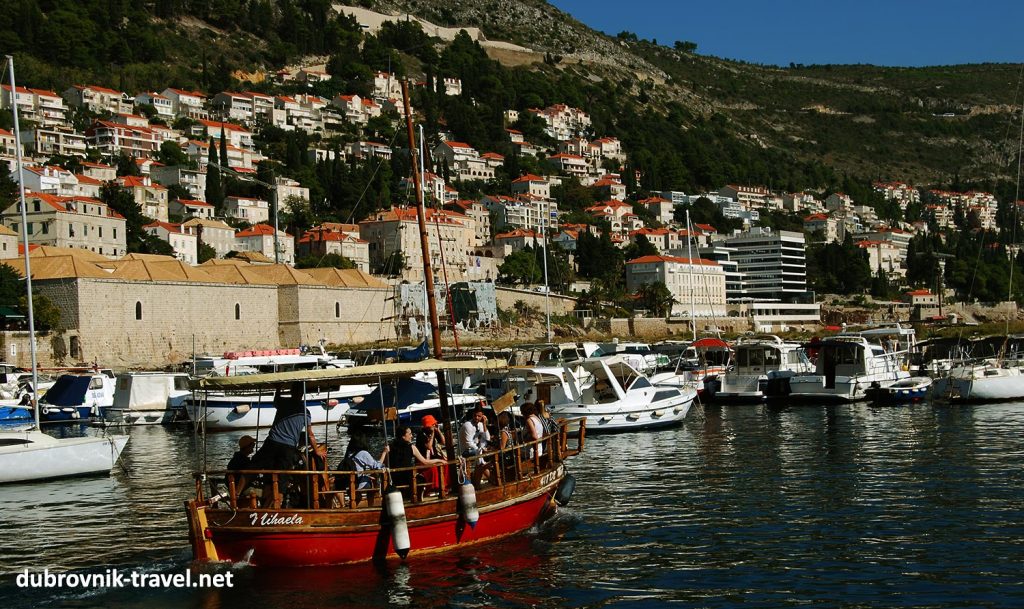Lazareti

Lazareti in Dubrovnik, also known as lazarettos are a long and narrow building that consists of 10 naves (parallel, narrow halls, similar to church halls) separated by five courtyards, all surrounded by high walls. Completed in 1647, the building would be used as a quarantine station (isolation hospital) in response to an outbreak of the plague and cholera – a dark past indeed.
Located next to the Ploce Gate, Lazareti was built between 1627 until 1647. Its location is significant – situated in front of the main entrance to the Town, on the road from nearby Trebinje, from where, at the times, all caravans from the Ottoman territories were arriving in the City as well as right next to the Old Port, the main city harbour. Right outside the city, it was an ideal location for such an institution – merchants, sailors and travelers went through mandatory isolation before being allowed to enter the City (40 days in quarantine).
Historical background
In July 1377, the Great Council of the Republic of Ragusa decided to forbid people from the plague-ridden areas to enter the territory of Dubrovnik. Instead, they were sent for a month to isolation on the islands of Mrkan (near Cavtat), Bobara and Supetar.
Later on, the additional quarantine isolation hospital was held in the building which nowadays houses Convent and Church of St Mary’s (Our Lady of Danče) in Danče bay, just outside the City walls. That eventually prove to have insufficient capacity and in 1534, the Great Council tried to erect yet another quarantine building, this time on Lokrum island. However, it was never completed nor used.
Due to the constant increase in commerce and merchant traffic, the Republic struggled for a long time with a proper quarantine solution.
The building complex in Ploce was kept up regularly with public funding during the whole time of the Republic. According to archives, the last major works on this building complex of extraordinary economic and strategic importance was carried out in 1784. The quarantine was abolished in 1872.

Other Lazarettos
It has been claimed that the Lazaretti in Dubrovnik is one of the first European examples of such healthcare initiatives. Yet evidence shows that the first such a building was erected in Venice in 1249 – The Old Lazzaretto (Lazzaretto Vecchio), formed by two islands connected by a bridge (more details and info).
Beside this one in Dubrovnik and Venice, a similar plague quarantine station for maritime travellers, also called Lazarettos, were quite common at the times.
Among others, there are a couple of them still remaining in the Mediterranean area including Lazzaretto of Manoel Island, Malta (video) and Mole Vanvitelliana in Ancona (1733), just across the Adriatic (video). The alternatives were quarantine ships.
Need Entry Tickets to Town Walls? Buy Now
More images:
- see a large historical image of the Old Port with Lazareti here
- and in the right corner of this image
Nowadays
Nowadays, Lazaretti complex houses exhibition and art halls of several non-profit cultural organizations including Art Workshop Lazareti. Numerous DJ nights (Club Lazareti) and concerts are held in the halls all year round.

 Subscribe
Subscribe